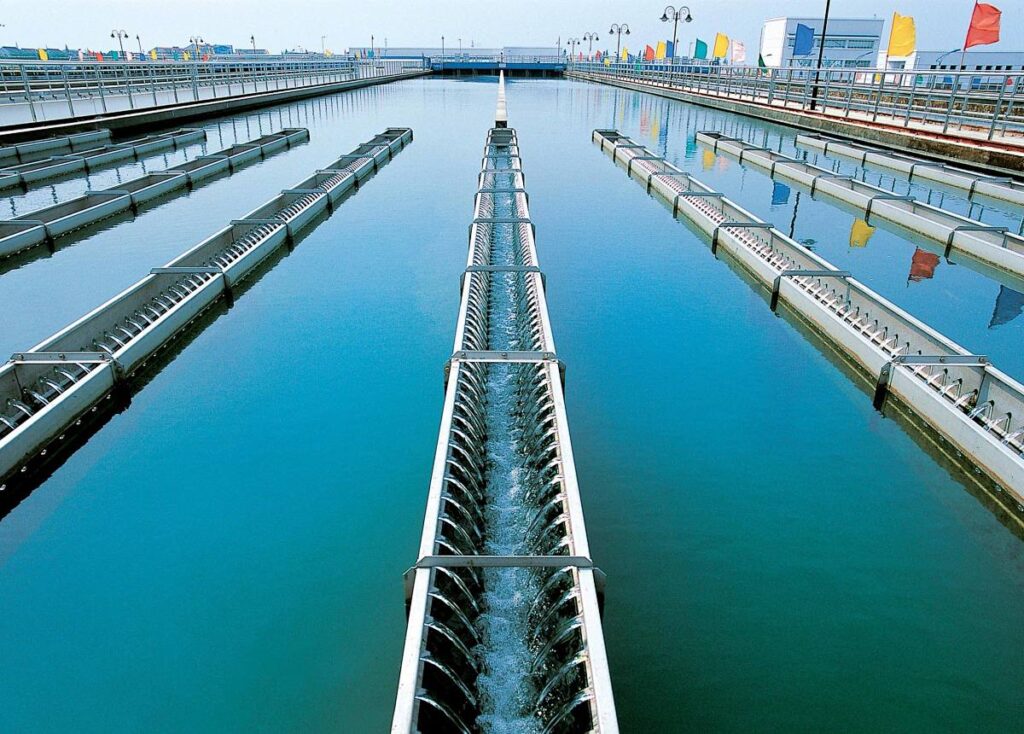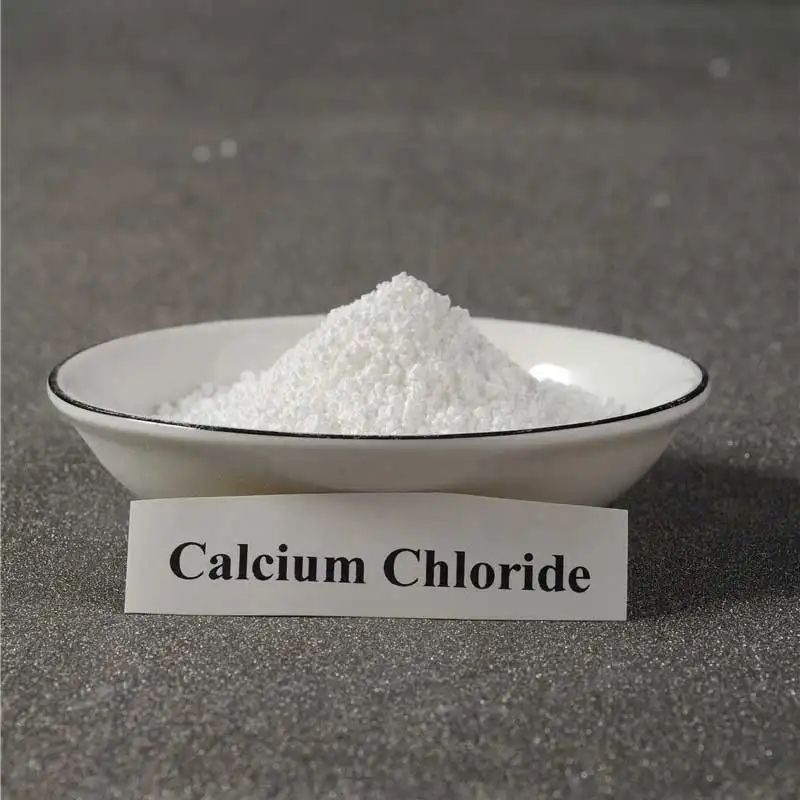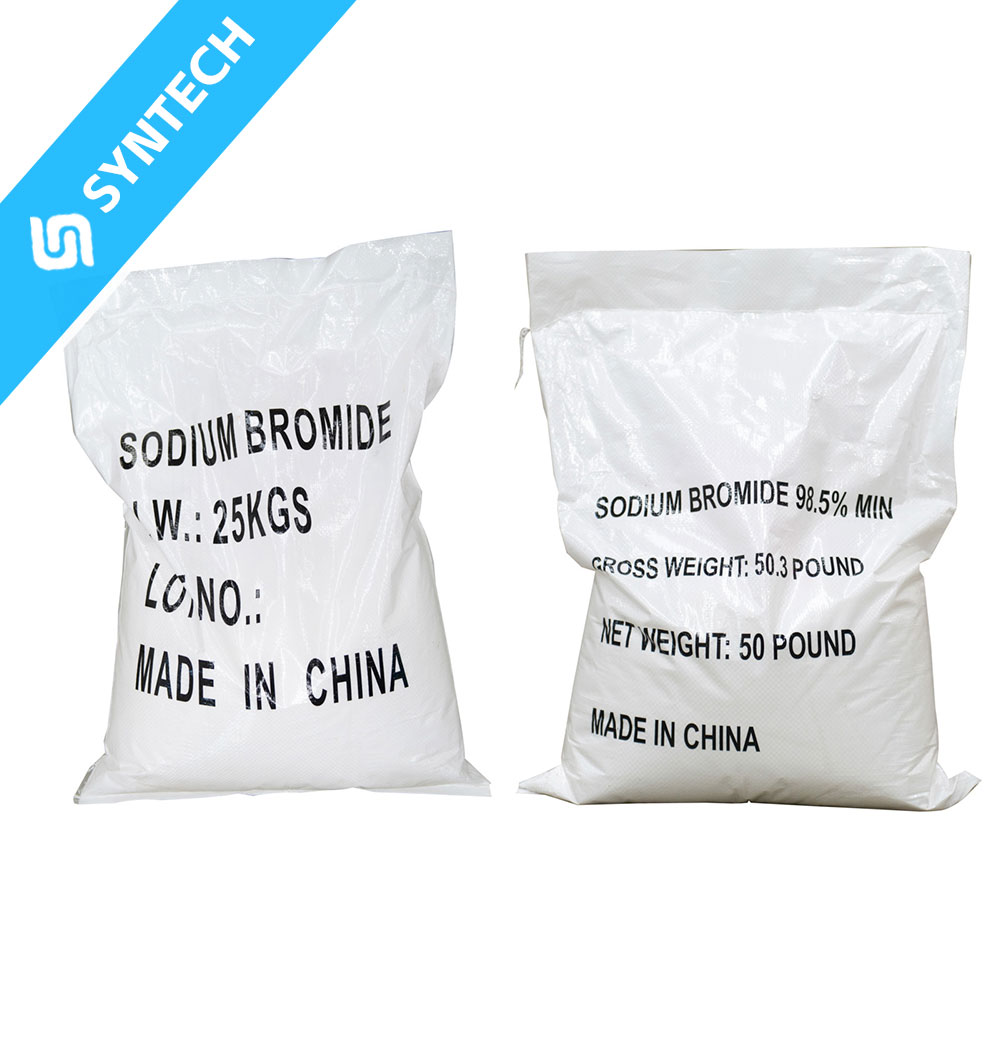Calcium bromide (CaBr₂) has various applications in water treatment due to its chemical properties and solubility characteristics. Below are its primary functions and mechanisms:

1. Defluoridation Agent
- Mechanism:
- The Br⁻ ions in CaBr₂ can undergo a substitution reaction with fluoride ions (F⁻) in water, forming insoluble CaF₂ (calcium fluoride) precipitate, thereby reducing fluoride levels.
- Suitable for treating drinking water in high-fluoride regions to mitigate fluorosis risks.
2. Water Softening
- Mechanism:
- CaBr₂ competes with Mg²⁺ and Ca²⁺ ions in water, reducing scale formation.
- Used in industrial cooling water systems to prevent pipe scaling.
3. Disinfection
- Mechanism:
- In the presence of oxidants (e.g., chlorine, ozone), Br⁻ is converted into hypobromous acid (HOBr), which has strong bactericidal effects.
- Applied in swimming pools and industrial wastewater treatment, offering greater stability than chlorine, especially in high-temperature water.
4. Scale Inhibition
- Mechanism:
- CaBr₂ suppresses CaCO₃ and CaSO₄ precipitation via the common ion effect.
- Used in oilfield produced water treatment to prevent scaling in wellbores and pipelines.
5. Heavy Metal Removal
- Mechanism:
- Br⁻ forms soluble complexes with heavy metals like Hg²⁺ and Pb²⁺, facilitating subsequent precipitation or filtration.
- Suitable for treating electroplating and mining wastewater.
6. Specialized Water Treatment (e.g., Mineral Water and Desalination)
- Mechanism:
- Adjusts mineral balance in bottled mineral water.
- Reduces membrane fouling in desalination pretreatment.
7. Ion Exchange Resin Regeneration
- Mechanism:
- Serves as a Br⁻ source to regenerate anion exchange resins, removing bromate (BrO₃⁻) from water.
- Used in advanced drinking water treatment to ensure bromate levels remain below 0.1 ppm.
Conclusion
In water treatment, calcium bromide is primarily used for defluoridation, softening, disinfection, scale inhibition, and heavy metal removal, leveraging the chemical reactivity of Br⁻ and the precipitation control of Ca²⁺. Dosage should be adjusted based on water quality, with attention to moisture-proof storage and safety precautions.






